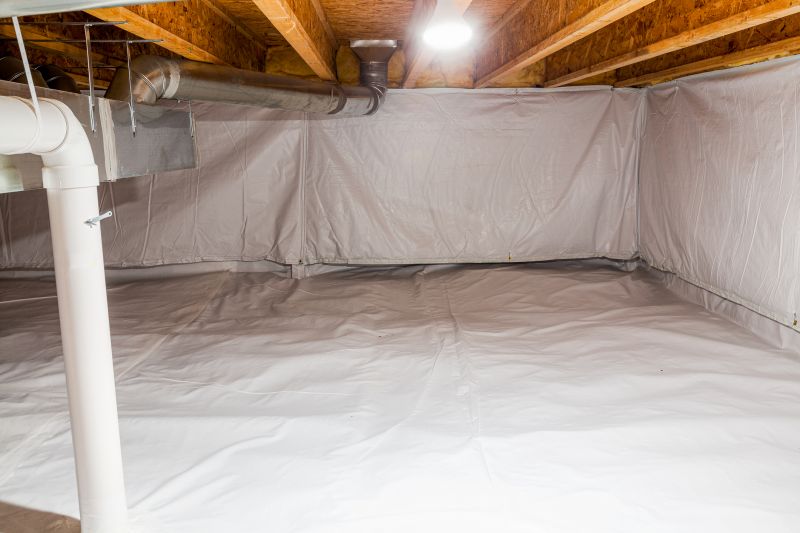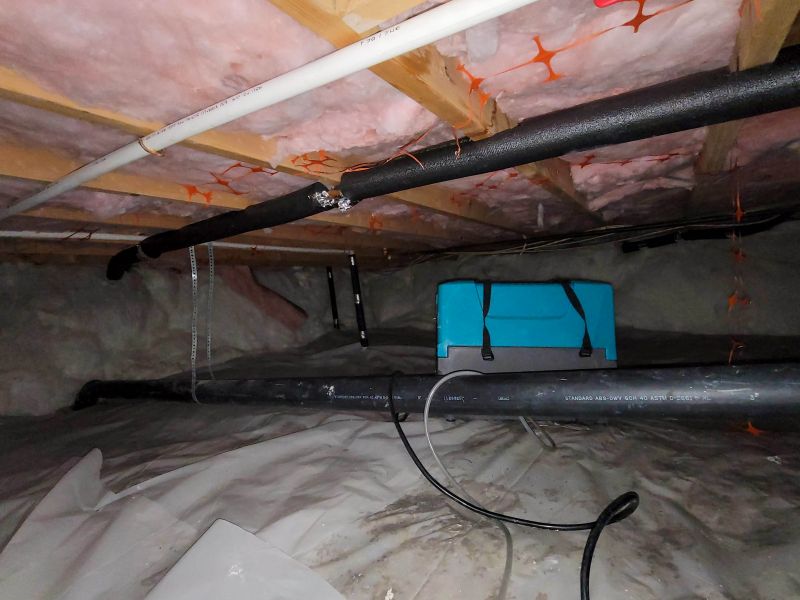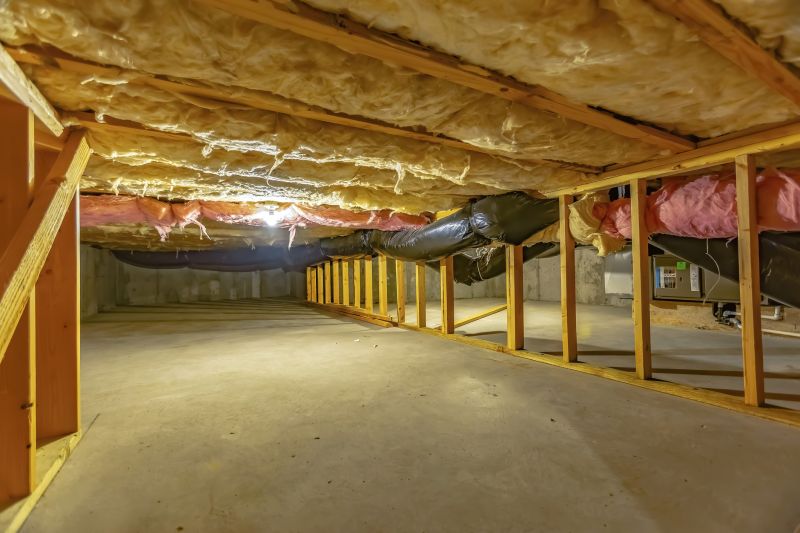Reliable Crawlspace Encapsulation for Better Air Quality
Encapsulation prevents moisture infiltration, reducing the risk of mold growth and wood rot that can compromise the foundation.
Sealing the crawlspace minimizes air leaks, leading to lower heating and cooling costs.
A sealed environment deters pests and rodents from entering the crawlspace area.
Reducing mold and dust mites improves indoor air quality and promotes healthier living conditions.

A fully sealed and insulated crawlspace showcasing clean, durable vapor barriers and insulation.

Close-up of sealing materials and insulation installed during encapsulation.

Installation of heavy-duty vapor barriers to prevent moisture infiltration.

A neat and insulated crawlspace ready for use, demonstrating effective encapsulation.
Failure to encapsulate a crawlspace can lead to serious issues including mold growth, structural damage, and increased energy bills. Moisture intrusion can cause wood rot and attract pests, which may compromise the integrity of the home. Studies show that properly encapsulated crawlspaces can reduce energy costs by up to 15 percent and eliminate common sources of indoor air pollution.
| Benefits of Encapsulation | Risks of Not Encapsulating |
|---|---|
| Reduces moisture buildup | Mold and mildew growth |
| Improves indoor air quality | Pest infestations |
| Enhances energy efficiency | Higher utility bills |
| Prevents wood rot and structural damage | Foundation deterioration |
| Deters pests and rodents | Health hazards from mold |
